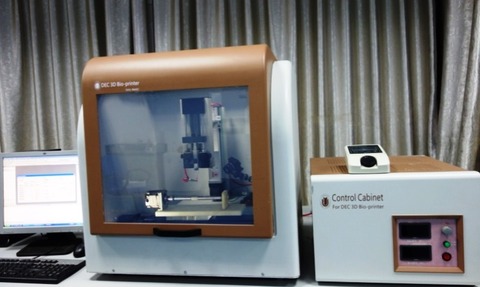Engineers create artificial blood vessels
4 Feb 2015

Engineers at Shanghai University’s Rapid Manufacturing Engineering Center (RMEC) have created synthetic triple-layered blood vessels for the first time.
By creating a tri-layered composite through the combination of micro-imprinting and electro-spinning techniques, the researchers claim to have created a vascular graft that possesses mechanical strength and can promote new cell growth - unlike existing grafts which have only consisted of a single or double layer.
“The composite vascular grafts could be better candidates for blood vessel repair
RMEC associate professor Yuanyuan Liu
To overcome inefficiencies in more traditional grafts, the RMEC research team developed synthetic vessels that are designed to mimic natural ones, allowing new cells to grow around them and then degrade away, thereby creating new vessels.
“The composite vascular grafts could be better candidates for blood vessel repair,” said Yuanyuan Liu, an associate professor at the RMEC.
According to the researchers, surrogate scaffolds have to mimic the natural vasculature of their targeted tissue as much as possible.
For blood vessel surrogates, this structural mimicry can be fabricated by electrospinning, a process which uses an electrical charge to draw liquid inputs into fine fibres, the researchers said.
Electrospinning also allows for a high surface-to-volume ratio of nanofibers, providing ample space for host cells to grow and connect. These components all naturally degrade within six months to a year, leaving behind a new, intact blood vessel, the researchers said.
To compensate for a lack of rigidity, which has hampered previous synthetic blood vessel designs, the RMEC research team designed the three-layer model, in which the mixture was electrospun onto both sides of a micro-imprinted middle layer of poly-p-dioxanone.
The ends of the subsequent sheet were then folded and attached to make a tube-like vessel, the researchers said.
Though human trials are still a long way off, Liu said that her team will now test the blood vessel technology in an animal model and observe the structure’s efficacy with live vascular cells.
A full account of the study has been published in the journal AIP Advances.

